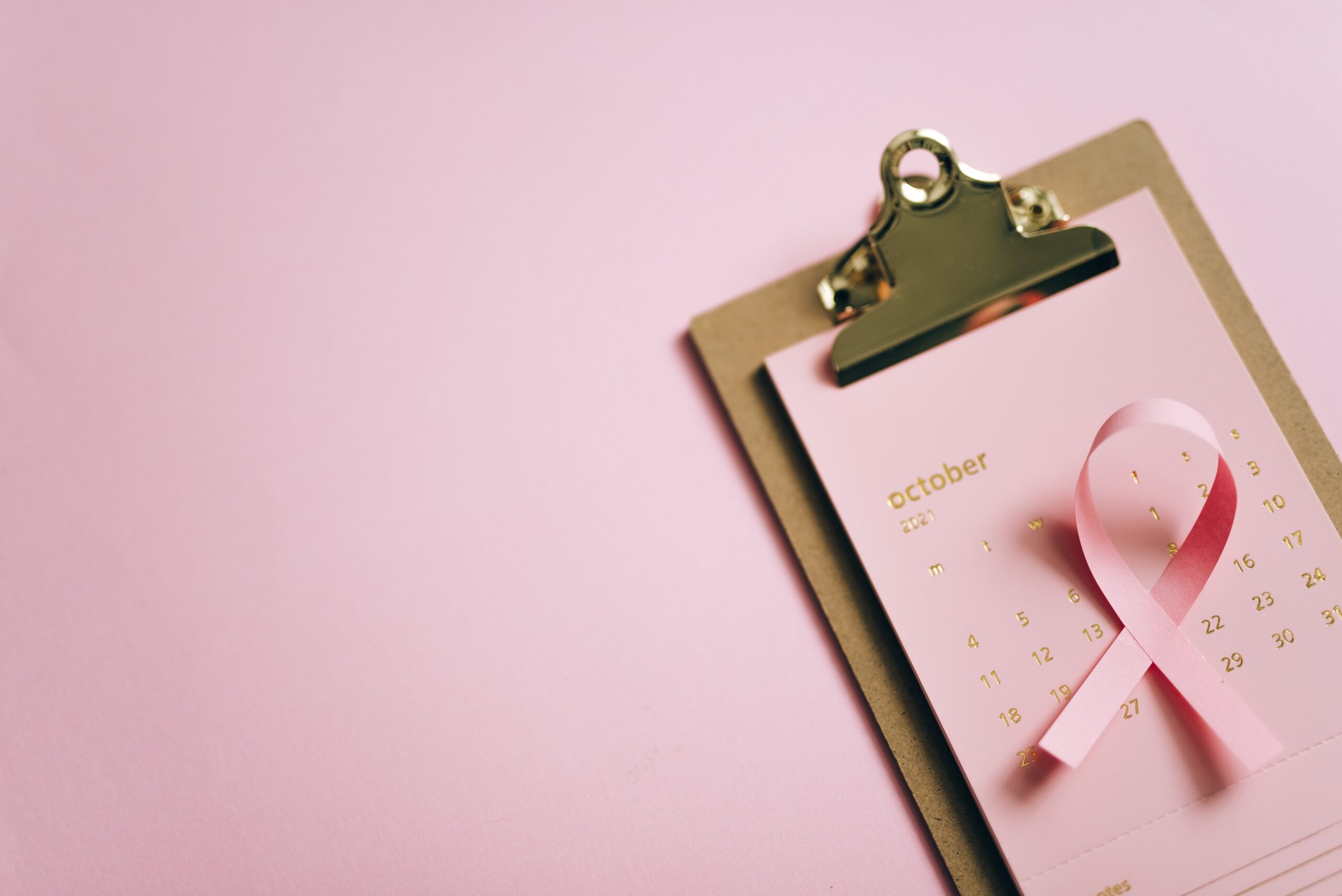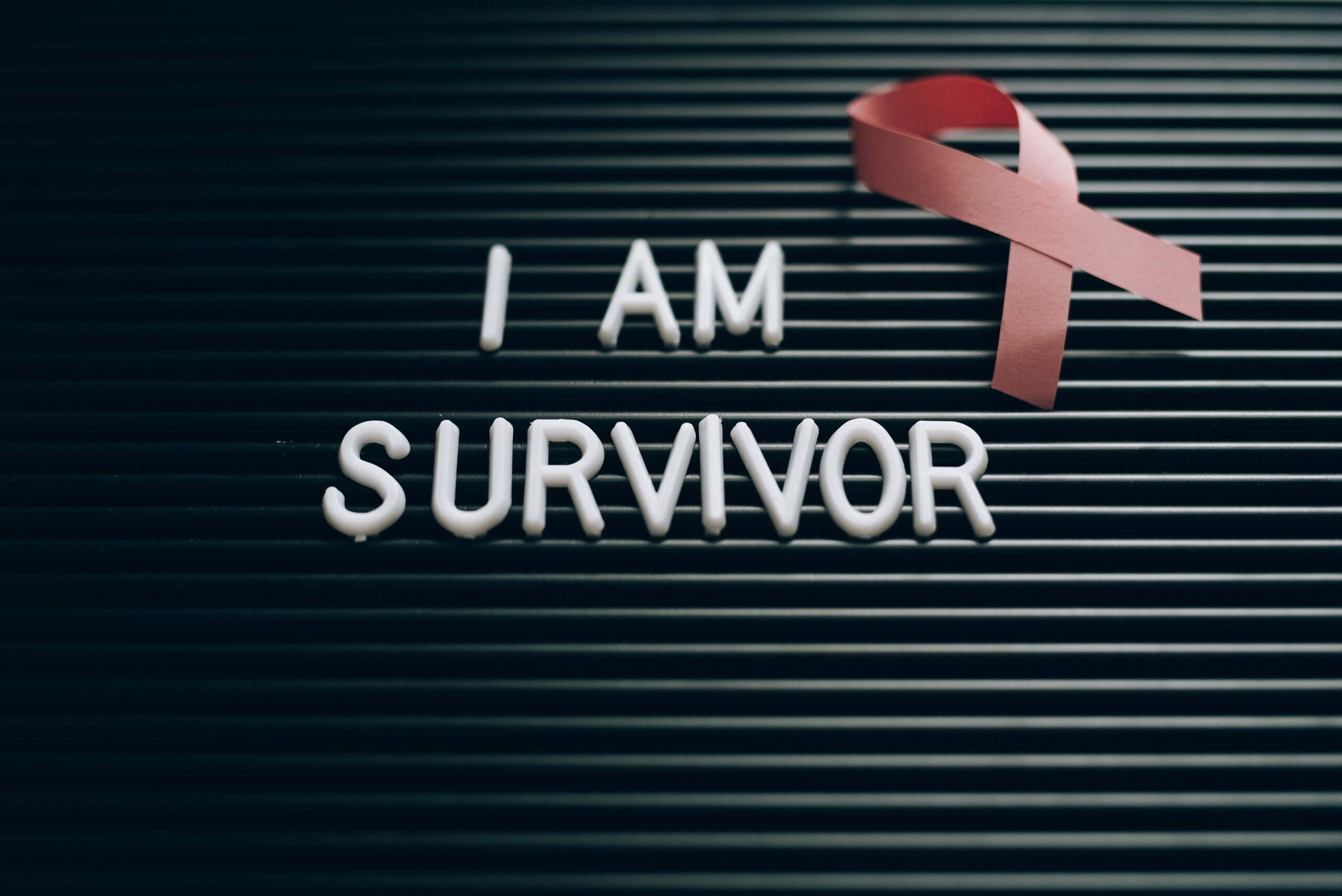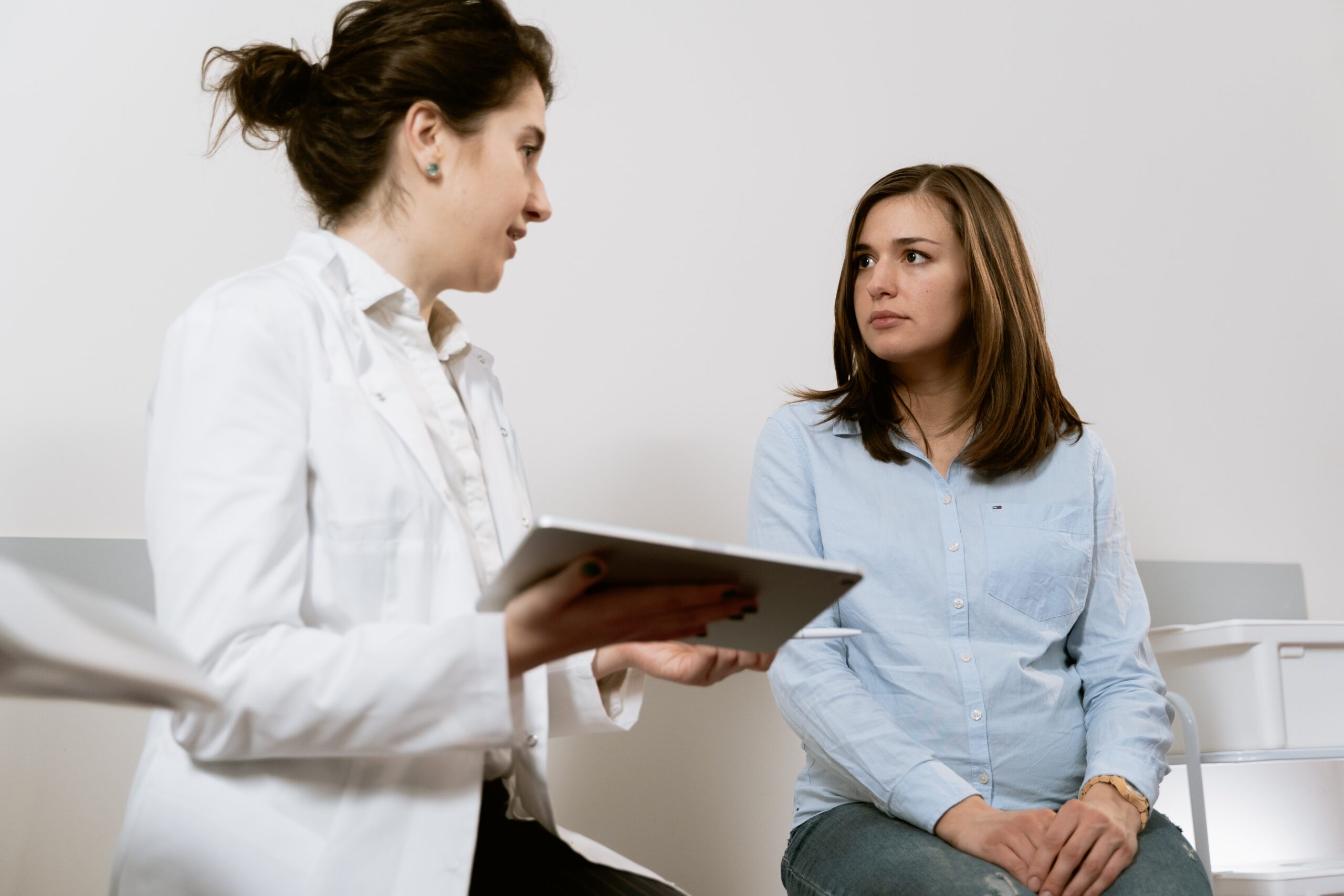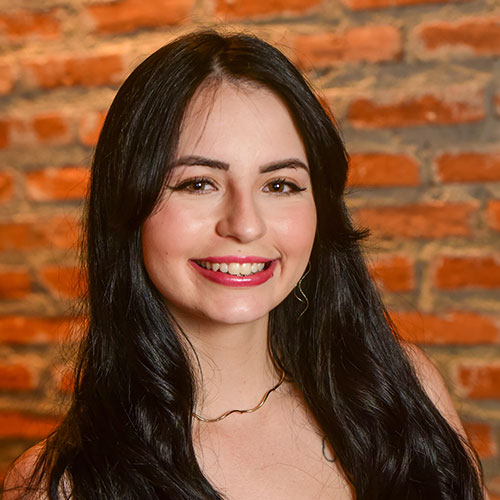Pink October: what is it, how did it come about and why is it so important?
Discover the importance of Pink October, a global breast cancer awareness movement. Find out how it started and why it is essential for women's health


Pink October: what is it, how did it come about and why is it so important?

What is it?
Pink October is an international movement aimed at promoting awareness about breast cancer. The campaign’s main objective is to inform and raise awareness among the population, highlighting the importance of prevention and early diagnosis of the disease.
How did it come about?
The movement was born in the United States, in the 1990s, following the emergence of isolated acts across the country, which aimed to achieve greater relevance for the disease and all its nuances.
Over time, the campaign began to gain greater prominence, until the American Congress recognized October as the official month for the prevention and detection of breast cancer.
It is worth noting that the act gained even more visibility when the Susan G. Komen for the Cure Foundation handed out pink ribbons to participants in the first Race for the Cure. Subsequently, the noose became the official symbol of the movement, being distributed in public places.
Why so important?
Breast cancer is the type that most affects women around the world, both in developing and developed countries. The disease also ranks first in cancer mortality among women in Brazil.
There were an estimated 73,610 new cases of breast cancer in 2023, with an estimated risk of 66.54 cases for every 100,000 Brazilian women. In this context, Pink October presents itself as a crucial movement and a unique opportunity to focus on the cause.
Around the country and the world, the campaign focuses efforts on promoting prevention, early diagnosis and various issues related to the importance of women’s health and all the details and care that impact society as a whole.
In addition to the awareness movement, throughout the month of October, some companies promote more practical actions, such as fundraising and targeting women fighting cancer, sales of items 100% donated to NGOs and/or which will be used to pay for exams diagnosis and treatment of breast cancer.
Breast Cancer: understand the differences between prevention and early detection


Reducing the mortality rate from breast cancer crucially depends on prevention and early detection of the disease. However, it is important to highlight that these two pillars have different concepts. Let’s clarify the difference between prevention and early detection of breast cancer:
PREVENTION
Prevention encompasses actions and measures that aim to reduce the chances of cancer incidence. Generally, it acts on modifiable risk factors and can be practised by changing habits and/or lifestyles.
Several risk factors may originate from the environment, behaviour, hormonal factors, genetics or family inheritance. By investigating all these components, the person increases their chances and opportunities to take precautions.
Habits that help prevent breast cancer:
- Practice physical activity;
- Eat healthily and maintain adequate body weight;
- Avoid the consumption of alcoholic beverages;
- Do not smoke and avoid passive smoking;
- Breastfeed.
It is worth remembering that, even when we adopt behavioural changes, there is still a small chance of developing breast cancer, whether due to genetic, hereditary or hormonal factors.
In this scenario, the importance of genetic testing for individuals with a predisposition arises. The exam aims to assess the person’s risk of developing the disease and indicates additional preventive measures.
All of these actions mentioned above constitute primary prevention, which aims to reduce the risk of breast cancer. On the other hand, secondary prevention comes into play when the disease has already manifested itself and is also known as early diagnosis or early detection.
EARLY DETECTION
Early detection involves carrying out regular examinations to ensure the disease is identified at its earliest stage. This early diagnosis plays a fundamental role in reducing the cancer mortality rate, considering that treatment in the early stages is more effective and less invasive.
It should be added that the probability of cure can reach up to 95% when the tumour is diagnosed early. During early detection exams, the focus is on determining the presence of cancer and starting treatment before symptoms appear.
Because of this, it is necessary to always be up to date with regular exams. When it comes to breast cancer, gynaecological exams, mammography, ultrasound and self-examination cannot be missed.
Prevention and early detection must go hand in hand: both approaches share the same purpose, which is to reduce mortality resulting from breast cancer. Therefore, they must be complementary!
Pink October: inspiring stories


In the month of October, the world turns pink in solidarity and awareness about breast cancer. It’s a time when we celebrate the strength, resilience and determination of the women who fought this relentless disease and emerged victorious.
This Pink October, we will embark on a journey of inspiration, through the stories of courage and overcoming of real women who faced breast cancer.


“I’m Edilaine, I’m 55 years old and I was diagnosed with breast cancer in August 2021. I started my treatment journey in January 2022, undergoing surgery, chemotherapy, immunotherapy and radiotherapy. Exactly one year after completing this phase, in October 2022, I am now undergoing oral treatment with Anastrozol (hormone therapy), Calde (a mix of vitamins for bone strengthening) and Zometa, which I take every six months for bone protection.
Today, I’m celebrating one year of remission and almost two years since everything changed in my life. During this entire process, I never stopped working, adapting to my condition, alternating between days at home and days at the company. I also transformed my eating habits and learned a lot throughout the treatment. The fight against cancer gave me a transformation in my habits and lifestyle. I learned a lot about myself, my limits and my strengths. Today, I value the little things and recognize that life is given to us to accomplish great things. I take with me the good things I was able to absorb from this disease.
I learned that a diagnosis is not a death sentence, but rather a fresh start, a moment to look at yourself, accept yourself and say with conviction: “I will win, I am capable, I can…” The rest can wait.”
– Edilaine Victoretti.


“I’m Isabela, I’m 65 years old and I was diagnosed with breast cancer in November 2021. Due to the pandemic, I stopped having routine mammography exams in 2020 and only resumed them in 2021. After the diagnosis, the surgery was scheduled. for removal in January 2022. However, I was affected by Covid-19 during the Omicron period, which postponed the surgery until February. As the diagnosis of carcinoma was not invasive, after surgery, I only underwent radiotherapy.
After this treatment, I started hormonal therapy with tamoxifen, one of the side effects of which is weight gain. Because of this, I am currently focused on changing my eating habits to lose weight. I learned that breast cancer is strongly related to obesity, where the body itself produces substances that can contribute to cancer. Today, my daily battle is to overcome these obstacles.
My current exams indicate that I have not had a recurrence, and it is essential to continue having routine exams regularly, as the sooner the diagnosis is made, the greater the chances of a cure. At the time, I was very worried, but I was able to rely on a conversation with someone who had been in a similar situation and had won. This was extremely important, as it showed that it is possible to win and start over.”
– Isabela Simoni.


“My name is Ruth. I am a gynaecologist and obstetrician. I am 55 years old.
My diagnosis was made at the beginning of the Covid-19 pandemic. I always had my routine exams religiously (especially mammograms), as I had an aunt who passed away from breast cancer, but they were always great. But in that January 2020, to my surprise, the mammogram showed microcalcifications. Finally, the diagnosis came: cancer, ductal carcinoma in situ.
I felt a mixture of anguish because I was a doctor, I knew everything that could happen and the details of the disease, and at the same time relief, as it was cancer in its earliest stage. Even so, I had to undergo 2 surgeries in the middle of the pandemic, with extreme social isolation, because the margins of the piece were not free.
I started treatment with tamoxifeno, which caused endometrial thickening and, as a result, I had to undergo another surgery to remove the uterus. I didn’t need to do chemotherapy, but 1 month of radiotherapy was part of the protocol. Fortunately, today I have been symptom-free for 3 years.
The biggest help in my profession is to show my patients who also receive the diagnosis that this is not a sentence. Cancer can be cured, but for that, routine exams are very necessary.”
– Ruth Rosa
The importance of self-care and going to the gynaecologist


The expression “self-care” has gained notoriety recently, as the debate about quality of life and the transformations in our habits, which began during the period of social isolation in 2020, intensifies.
As the name suggests, self-care refers to a set of actions carried out with the aim of taking care of oneself, aiming to promote a better quality of life. These attitudes are generally related to each person’s goals, pleasures, interests and desires.
One of the best ways to practice self-care is to take care of your health, maintain healthy habits, practice physical activities, pay attention to your body’s signals, underg periodic exams and also visit doctors regularly.
In this scenario, we emphasize the importance of going to the gynaecologist, a doctor specialized in women’s intimate health. This support is irreplaceable and we explain why:
- Disease prevention: routine exams, such as the Pap smear test, help to detect diseases such as cervical cancer early. Additionally, they can monitor overall gynaecological health and help prevent problems before they worsen.
- Family planning: the gynaecologist assists in choosing contraceptive methods and helps women make crucial decisions about motherhood.
- Managing menstrual disorders: Visiting a gynaecologist can help understand and treat menstrual disorders such as irregular periods, severe pain, or other problems related to the menstrual cycle.
- Menopause: During the transition to menopause, your gynaecologist can offer support and symptom management, as well as discuss therapeutic options when necessary.
- Sexual health guidance: gynaecologists are ideal professionals to discuss and find out about issues related to sexual health, contraception, sexual dysfunction and guidance on sexuality in general.
We know that there are still many taboos to be broken, but we believe that to dive into a healthy journey of self-knowledge and self-care it is necessary to understand all the mysteries and nuances of our body.
Don’t let fear stop you from taking care of your health! Look for a professional who inspires confidence and creates a welcoming environment, as a feeling of security is fundamental when it comes to such personal care.



